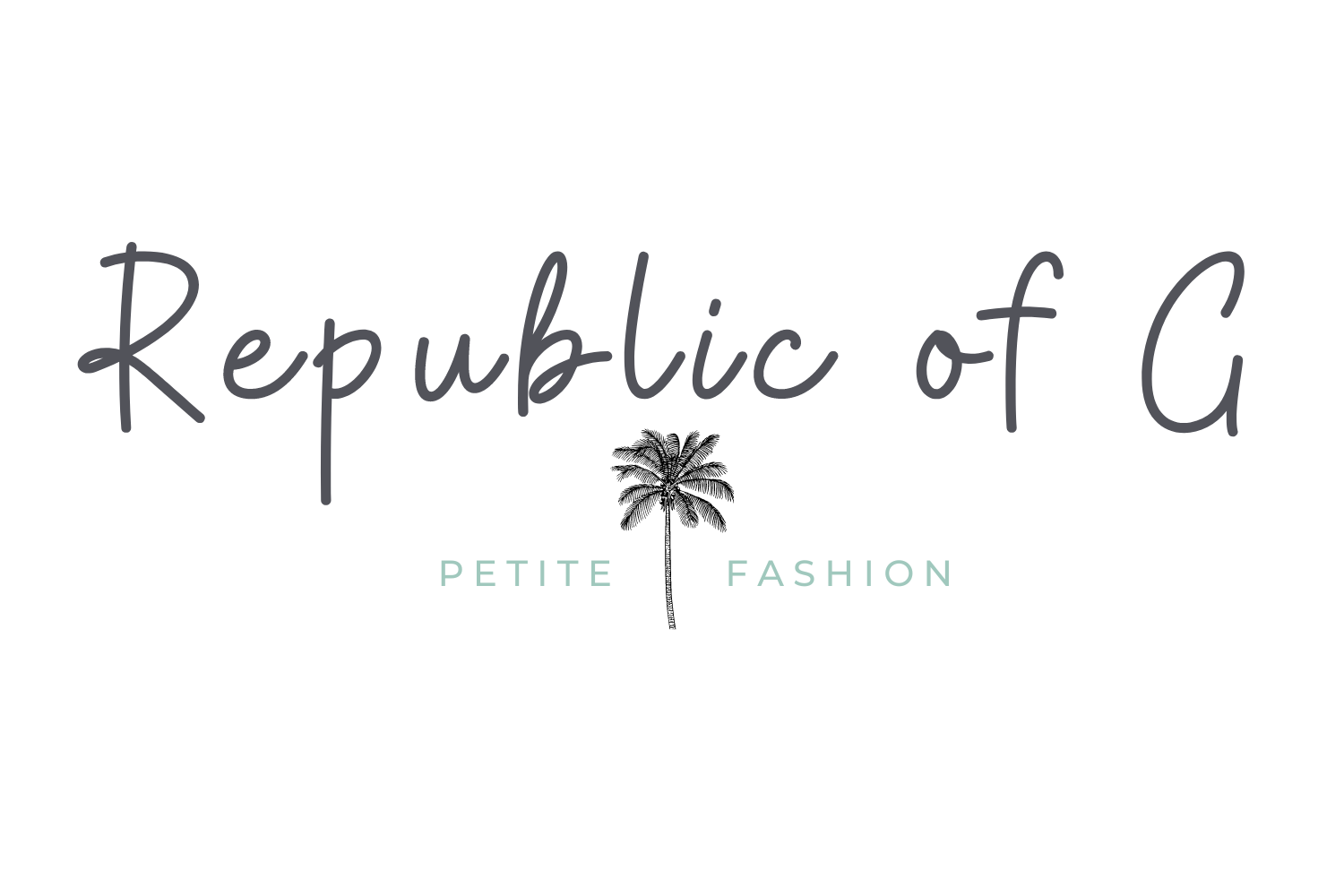A Beginners Guide to Launching Your First Clothing Line
This past week I took a course online through Course Horse on How to Start a Clothing Line. Course Horse is an amazing platform where you can search hundreds of different topics and take classes at a very reasonable price.
It took about 2 hours, was broad but very helpful. I was the only one in the class so the instructor was able to tailor everything to me and my future clothing line! Shoutout to Syvlie de Gil for teaching an awesome one-on-one class!
P.S. I’m ballin’ on a budget so I’ve included helpful cost saving tips along the way!
Determine Your Budget
Before you do anything, sort out your finances and allocate the appropriate money needed to make your first collection. The biggest mistake you can make is running out of money before completion.
When in doubt - Buy less, buy quality.
Sketches
If you struggle with drawing and graphic design, you don’t have to be a hero and do it all. Hire a graphic designer who specializes in fashion sketching.
COST SAVING TIP: When you are thinking about your design, avoid things like buttons and zippers to save money during the production stage.
Tech Packs
The same person doing your sketch should also do your tech pack.
When choosing someone for the job, ALWAYS ask to see their work first, do your research and try to speak with a reference who has used them in the past.
If you have (for example) 8 sketches, you will have 8 tech packs
A tech pack will include all the ideas and details for each style
Your tech pack will include all measurements. For this part, you will need a fitting model.
COST SAVING TIP: If your target audience is most like yourself, you can use yourself as the model and save money hiring one.
COST SAVING TIP: Stick to S, M, L, XL to save money during the production stage instead of producing for sizes 00 - 14+.
Sourcing Fabrics
ALWAYS test the fabric first before purchasing. Samples are easy to get and those samples should be put to the Washer + Dryer Test.
Cut sample to 1 yard x 1 yard, put in washer then dryer, re-measure and note any shrinkage.
Cotton is more likely to shrink and needs to be ironed
Bamboo is a stretch fabric and is good for the environment. PLUS!
Other eco-friendly fabrics include recycled fabrics, modal fabric and tencel fabric.
Patterns
Digitized patterns widely accepted and easier to use
You can use programs like Procreate to design patterns and Etsy to purchase different brushes and implement into your design.
Grading
Grading Tip: Go to your favorite store and look at the difference between a small and a medium, a medium and a large and so forth. This should be similar to your own sizing and will help you communicate your vision to whoever is helping you with the grading process.
Labels
Look at care labels for brands already in your closet.
If you hire someone to do your care label, that same person should be able to do your brand label.
Reference the Better Business Bureau for accredited businesses.
Production
Always get a contract before agreeing to do business
Before signing any contracts, ask to have a tour of the facility and note things like the working conditions and the type of activity going on.
Ask to see work they have done in the past, and speak to previous clients if you’re able to.
Prior to production, ask for a sample in each size. If you are going to use the same company for all of your production, they usually won’t charge you for this.
Make sure each garment has an ID
Keep production in the USA. It’s important to protect small fashion industry businesses if you can.
Photo Shoots
Find models and photographers through sites like Model Mayhem, word of mouth, local agencies or ads.
COST SAVING TIP: Hire friends to be your models and look into student photographers who are looking to build their portfolio or will work at a lesser cost.
PACKAGING
Your packaging should be a representation of your brand.
Hand written + personal notes or thank you cards will never go out of style and will show the customer how much you appreciate their business.
COST SAVING TIP: While you’re just getting your feet off the ground, consider using materials like recycled plastic or tissue paper. Maybe you fore-go any design or branding on the package until you have a bigger budget.
Marketing
Build a following that leads up to the launch of your clothing line. Once it goes live, you need those people to support you!
Use social media, blogs, advertisements and a well put together website to promote and market your new line. People will be interested in the process and the end result!
Contact your local newspaper and try and set up an interview to promote your business!
